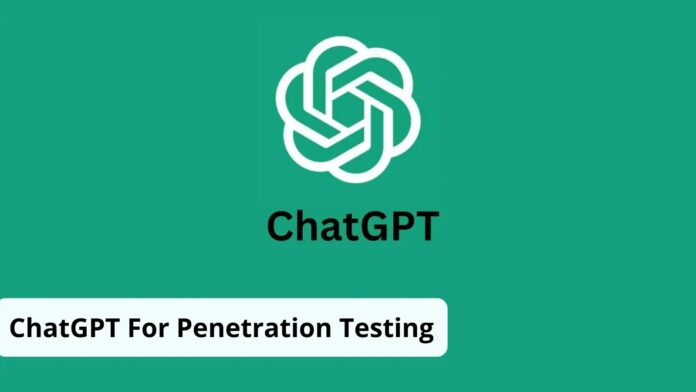[ad_1]
ChatGPT is one of the biggest and most sophisticated language models ever made, with a massive neural network of over 175 billion parameters.
Recent research has revealed how ChatGPT for penetration testing can enable testers to achieve greater success.
ChatGPT was launched by OpenAI in November 2022, causing significant disruption in the AI/ML community.
Sophisticated email attacks are on the rise, thanks to threat actors leveraging the power of Artificial Intelligence.
However, researchers are staying one step ahead by utilizing ChatGPT for threat analysis and penetration testing.
A recently published research paper by Sheetal Tamara from the University of the Cumberlands highlights the effective use of ChatGPT in Reconnaissance.
Recently an automated penetration testing tool PentestGPT released;
ChatGPT For Penetration Testing
The ChatGPT can be used in the initial reconnaissance phase, where the penetration tester is collection detailed data about the scope of assessment.
With the help of ChatGPT, pen-testers able to obtain reconnaissance data such as Internet Protocol (IP) address ranges, domain names, network topology, vendor technologies, SSL/TLS ciphers, ports & services, and operating systems.
This research highlights how artificial intelligence language models can be used in cybersecurity and contributes to advancing penetration testing techniques.
Pentesters can obtain the organization’s IP address using the prompt (“What IP address range related information do you have on [insert organization name here] in your knowledge base?”).
This prompt would deliver the possible IP addresses used by the organization.
“What type of domain name information can you gather on [insert target website here]?”
ChatGPT could provide the list of domain names used by the organization, such as primary domains, subdomains, other domains, international domains, generic top-level domains (gTLDs), and subsidiary domains.
“What vendor technologies does [insert target website fqdn here] make use of on its website?”
Answering this question, ChatGPT will provide various technologies, such as content delivery networks (CDNs), web servers, advertising engines, analytics engines, customer relationship management (CRM), and other technologies organizations use.
“Provide a comprehensive list of SSL ciphers based on your research used by [insert target website fqdn] in pursuant to your large corpus of text data present in your knowledge base.”
ChatGPT could provide the ciphers, SSL/TLS versions, and types of TLS certificates used, also, with this question, ChatGPT above to check the encryption standard used.
“Please list the partner websites including FQDN based on your research that [insert target website here] has direct links to according to your knowledge base.”
In response to the question, ChatGPT is able to provide a list of partner websites that are directly linked.
“Provide a vendor technology stack based on your research that is used by [insert organization name here].“
This prompt would extract the include application server type, database type, operating systems, big data technologies, logging and monitoring software, and other infrastructure-related information specific to the organization.
“Provide a list of network protocols related information that is available on [insert organization name here].”
ChatGPT will return a list of network protocols the target organization uses, including HTTPS, SMTP, NTP, SSH, SNMP, and others.
The research determined that “ChatGPT has the ability to provide valuable insight into the deployment of the target organization’s technology stack as well as specific information about web applications deployed by the target organization,” reads the paper published.
“The research performed on ChatGPT required trial and error in the prompting as certain requests can either be outright rejected or may result in responses that do not contain usable data for the reconnaissance phase of a penetration test.”
[ad_2]
Source link

